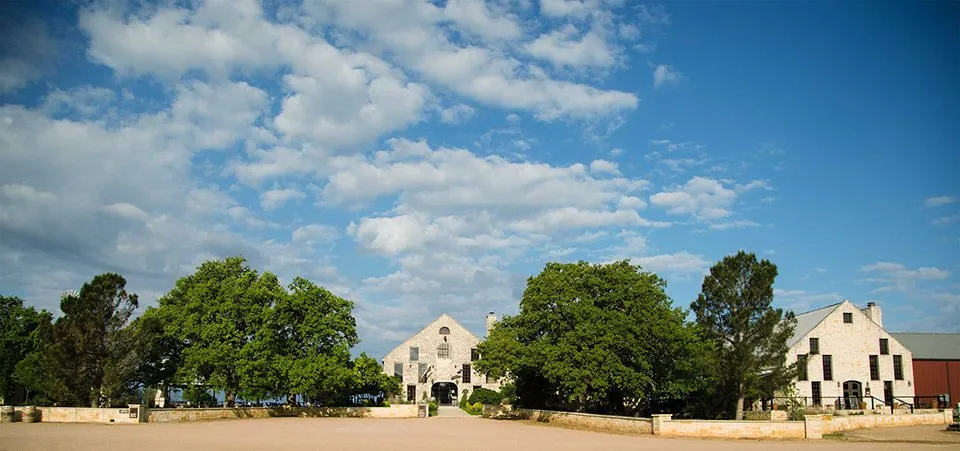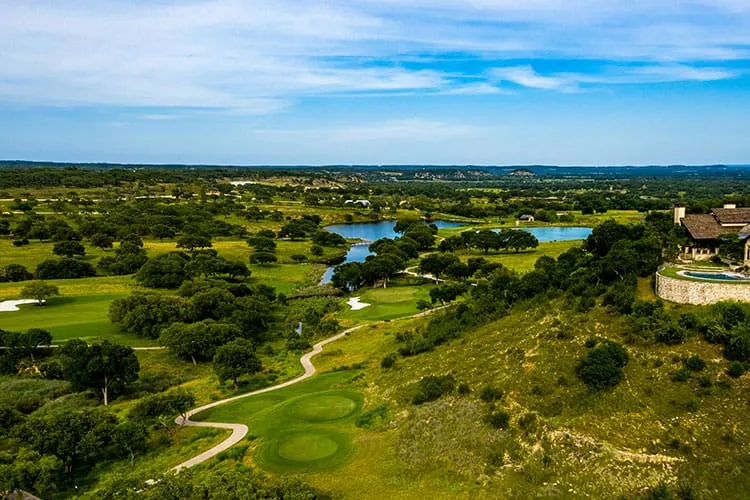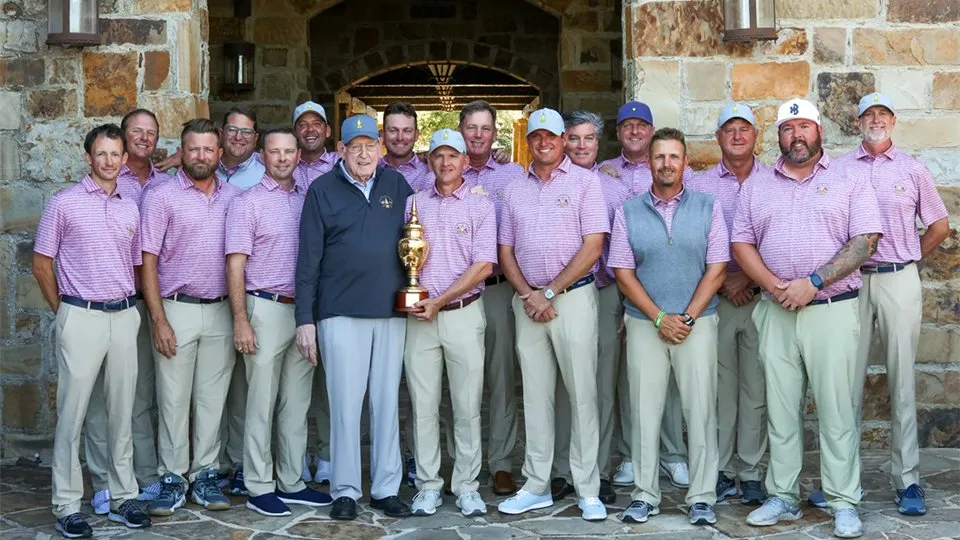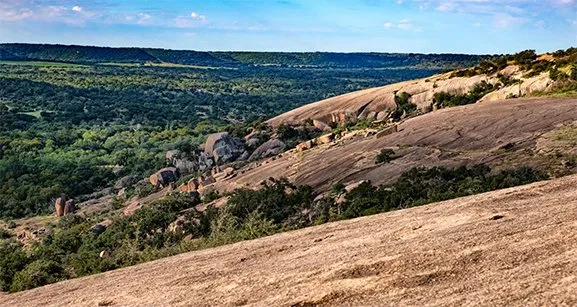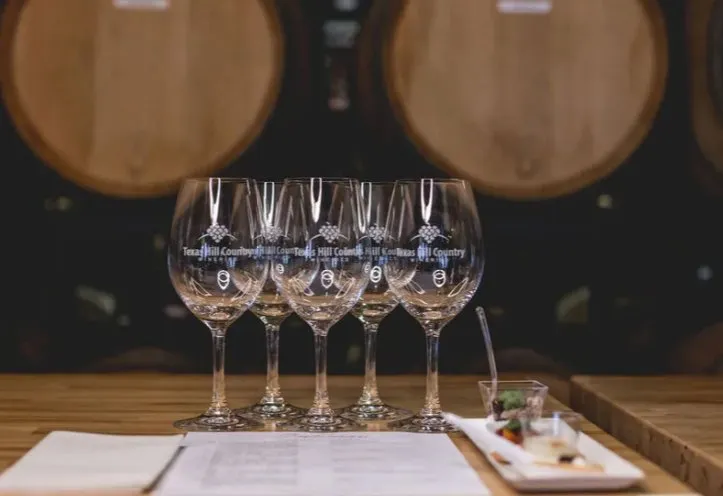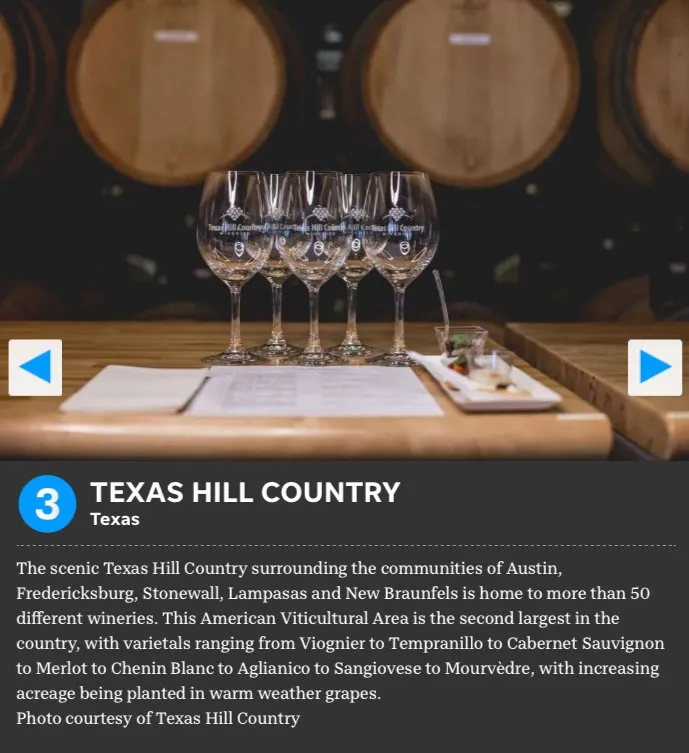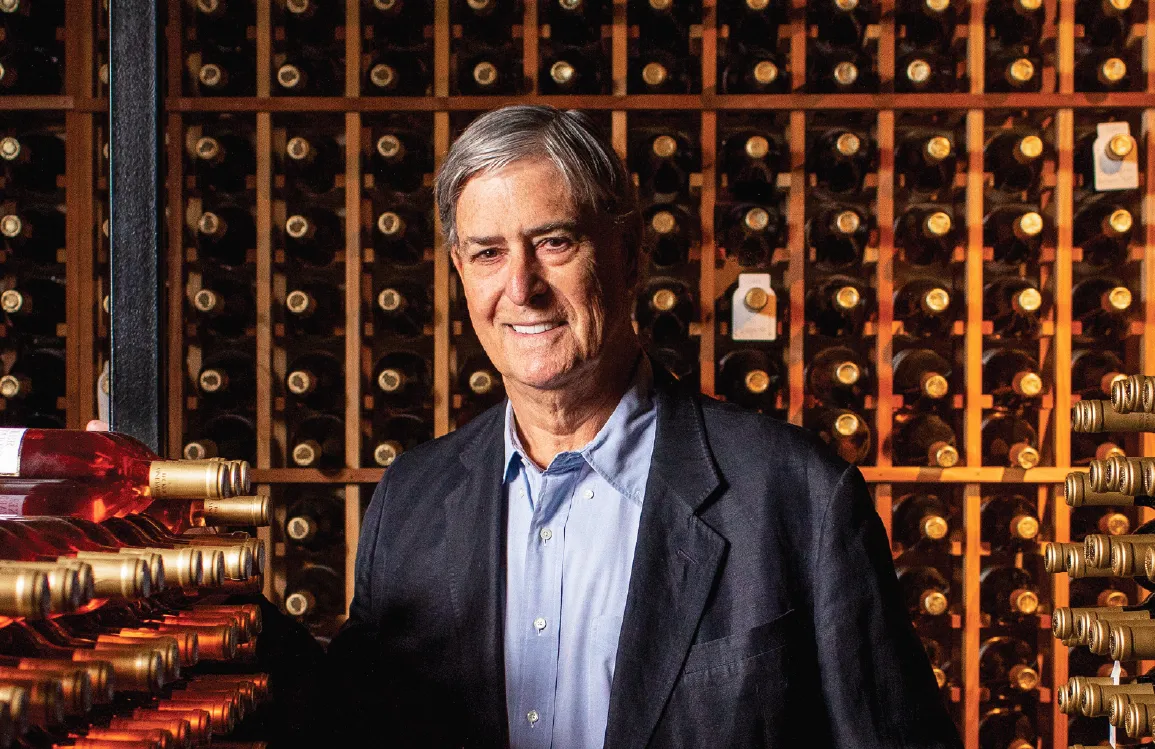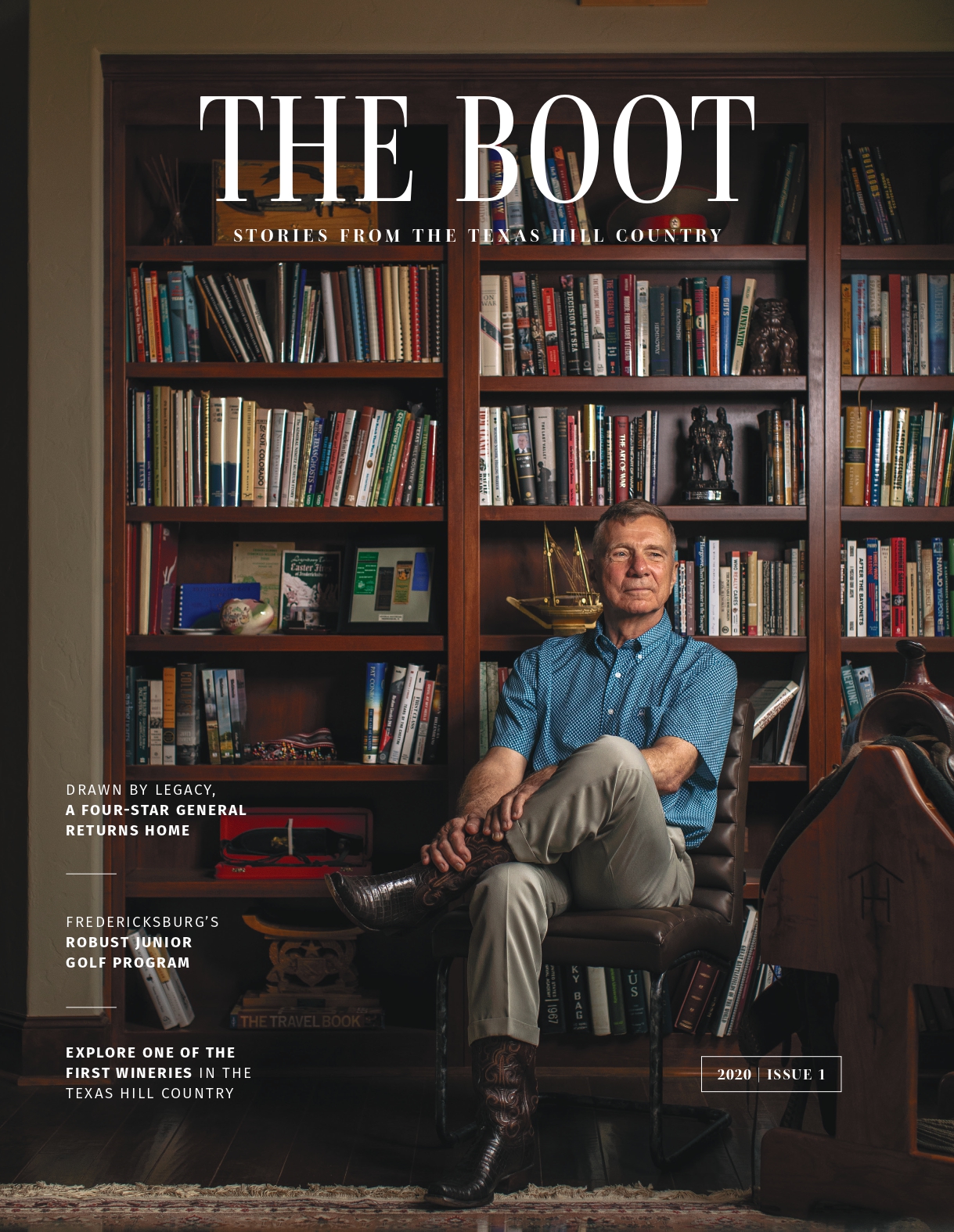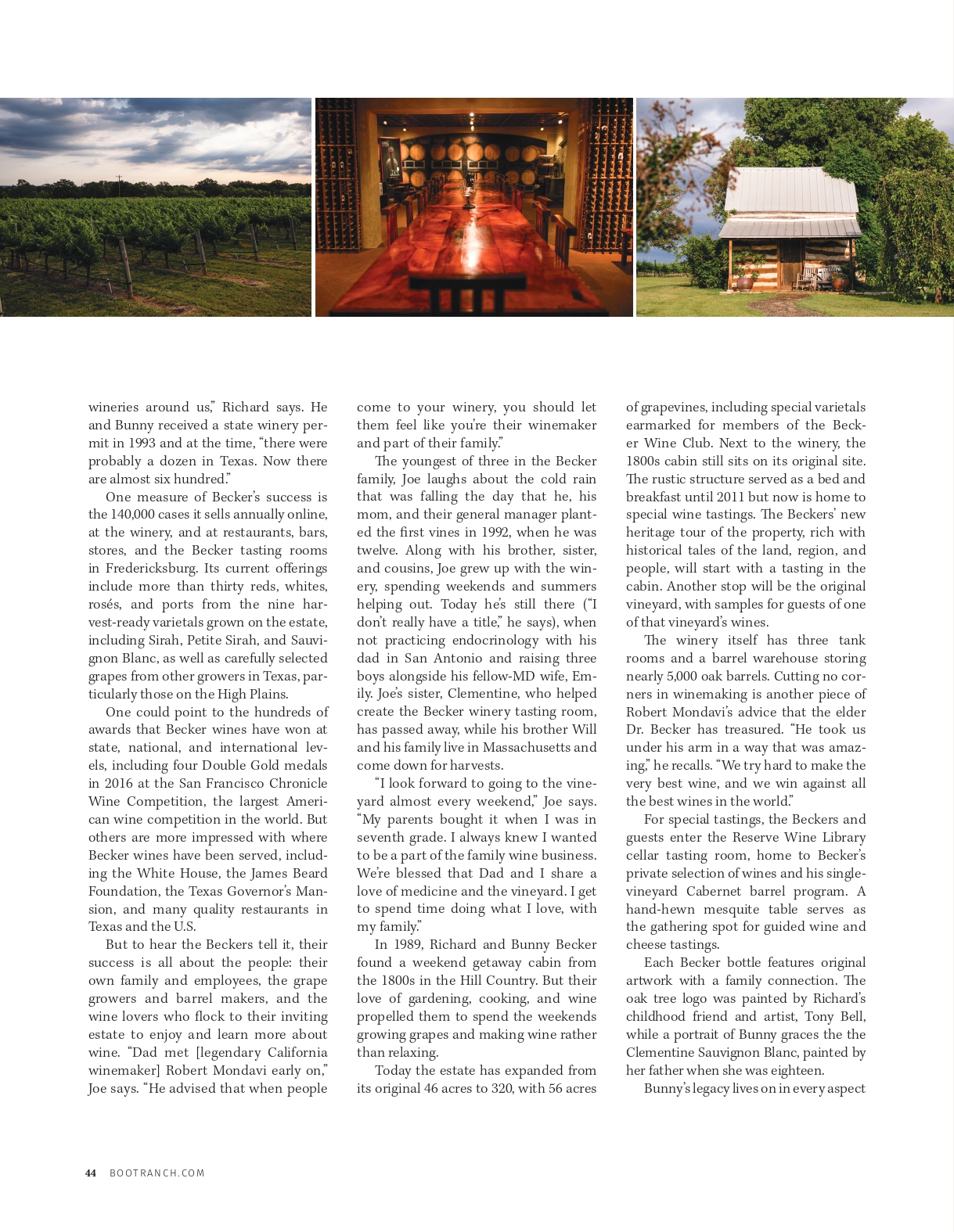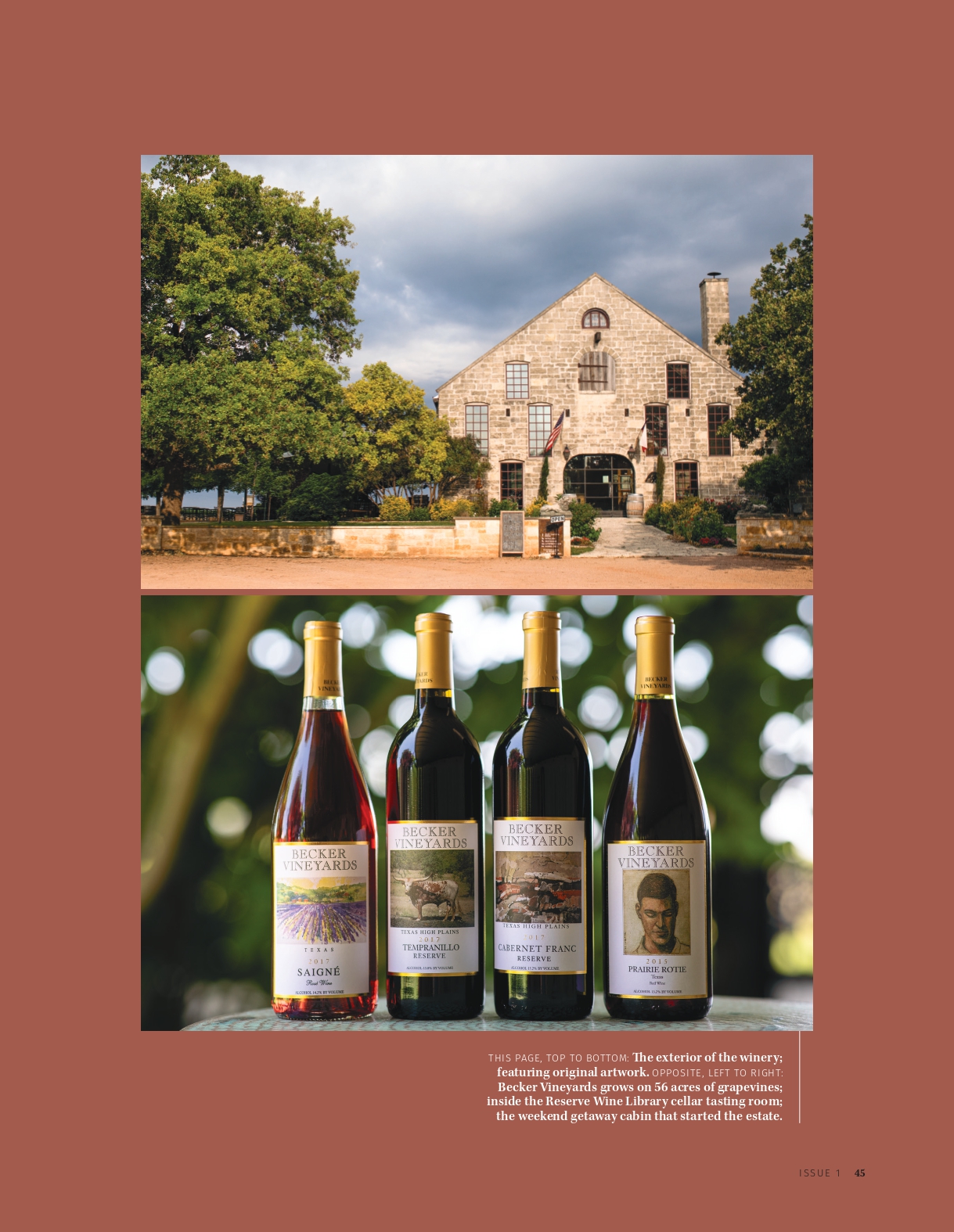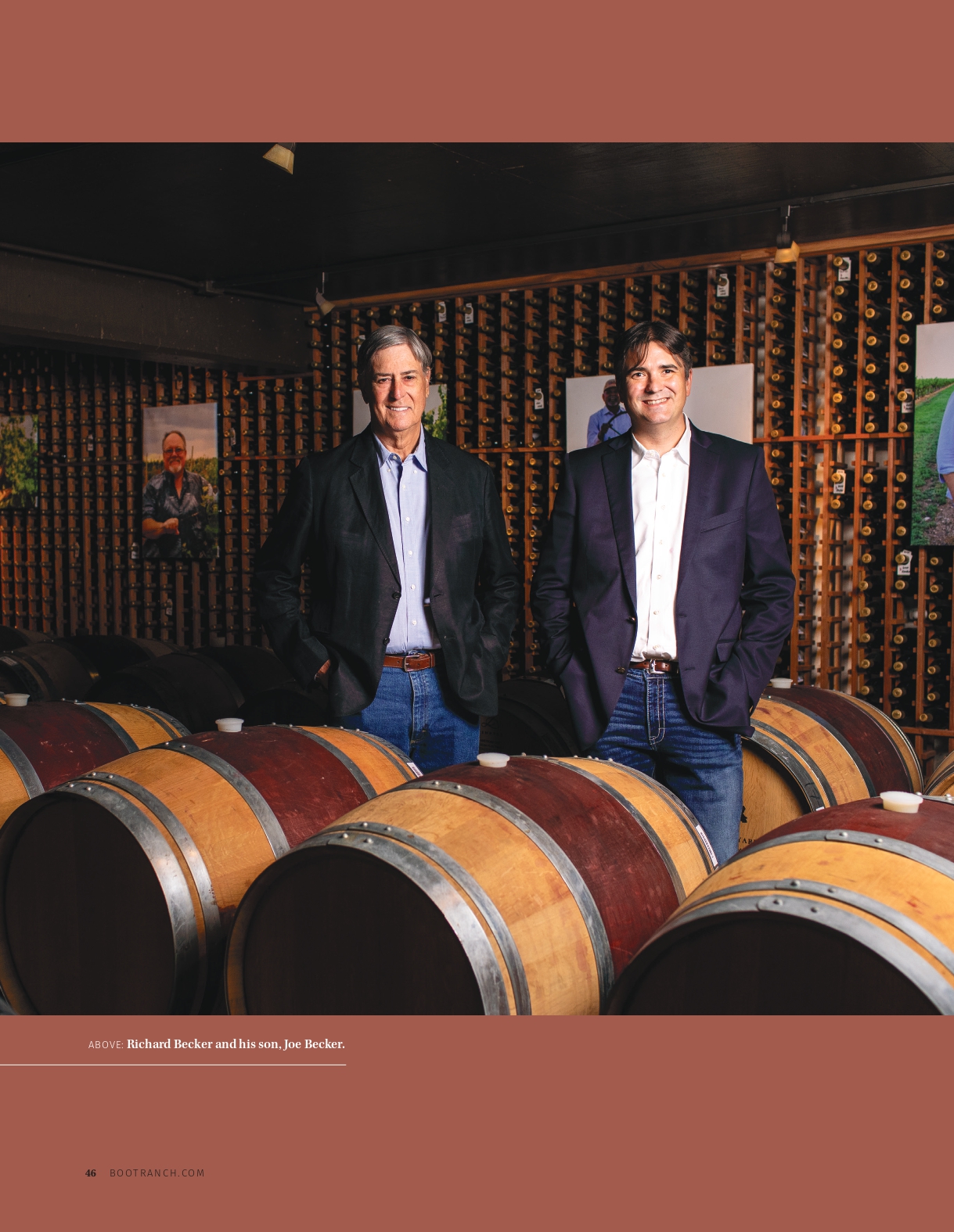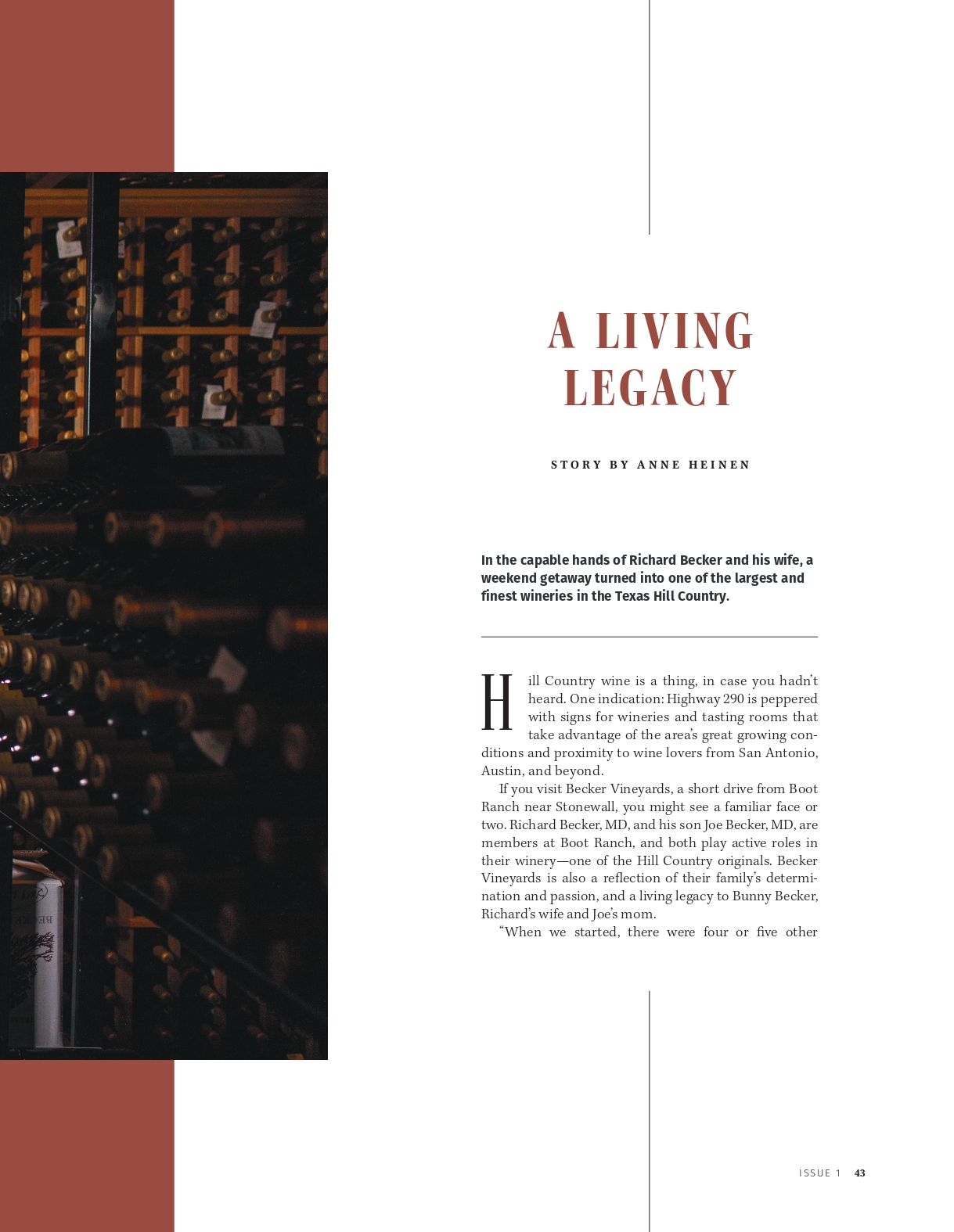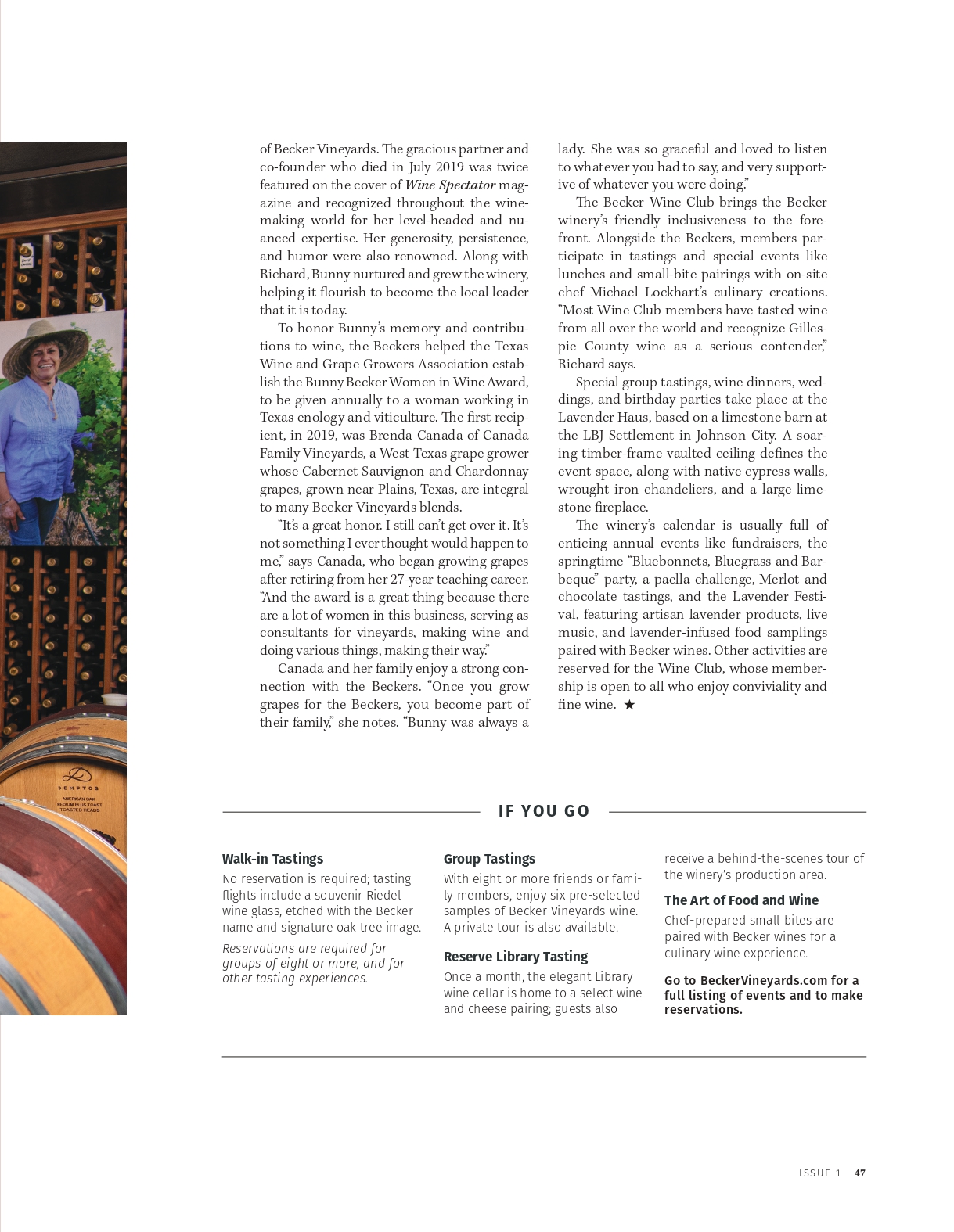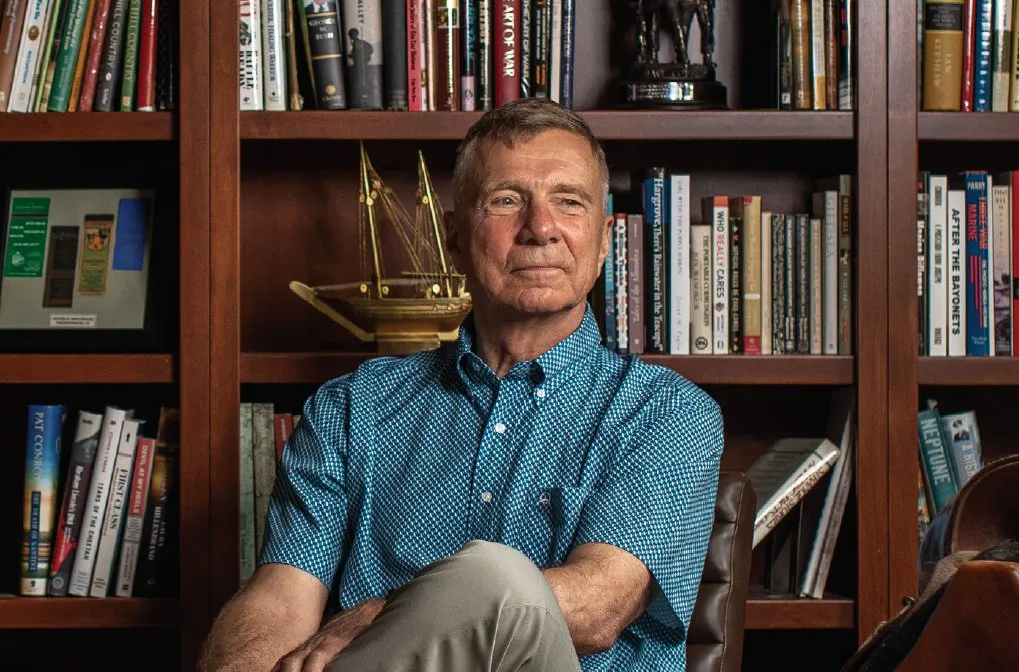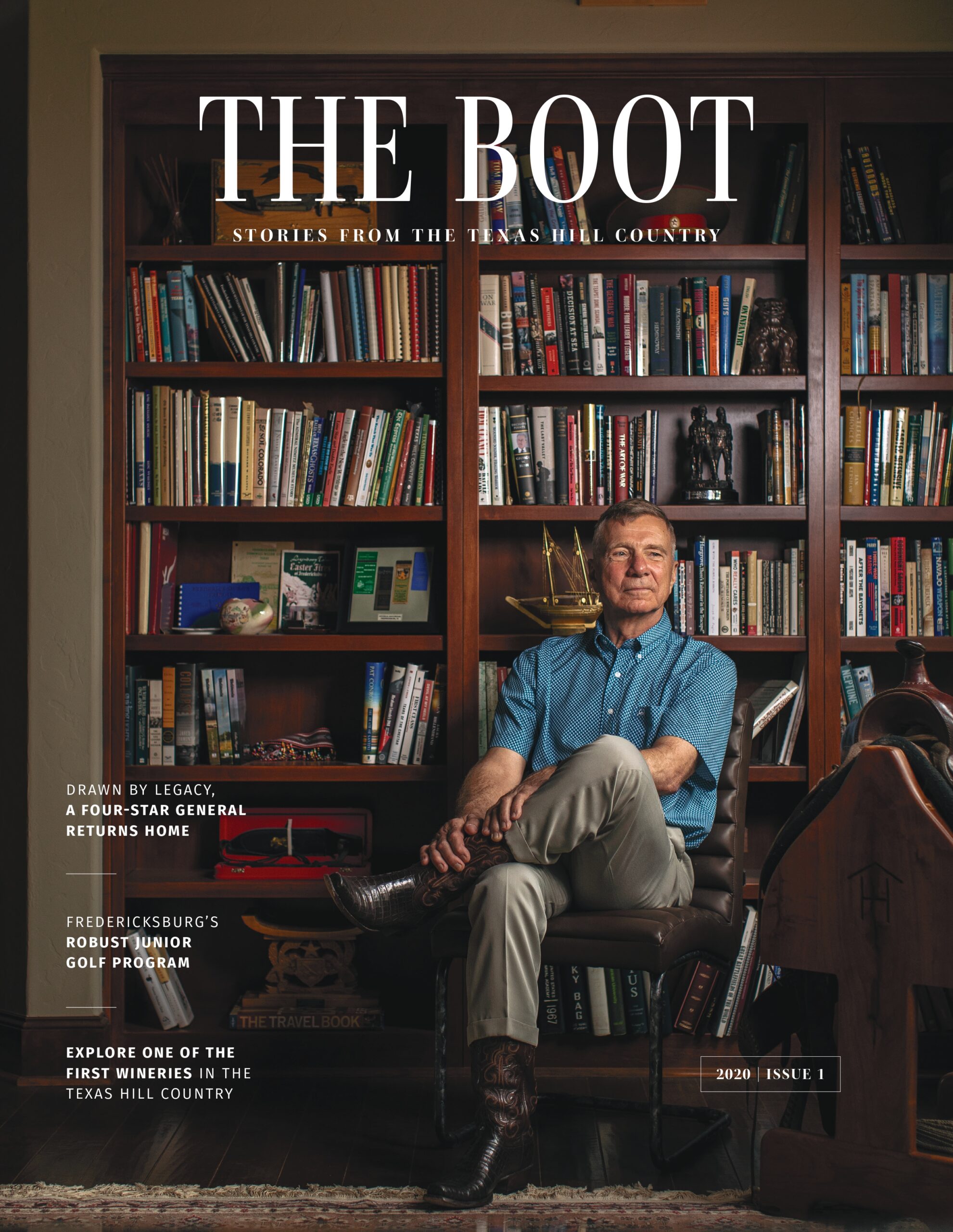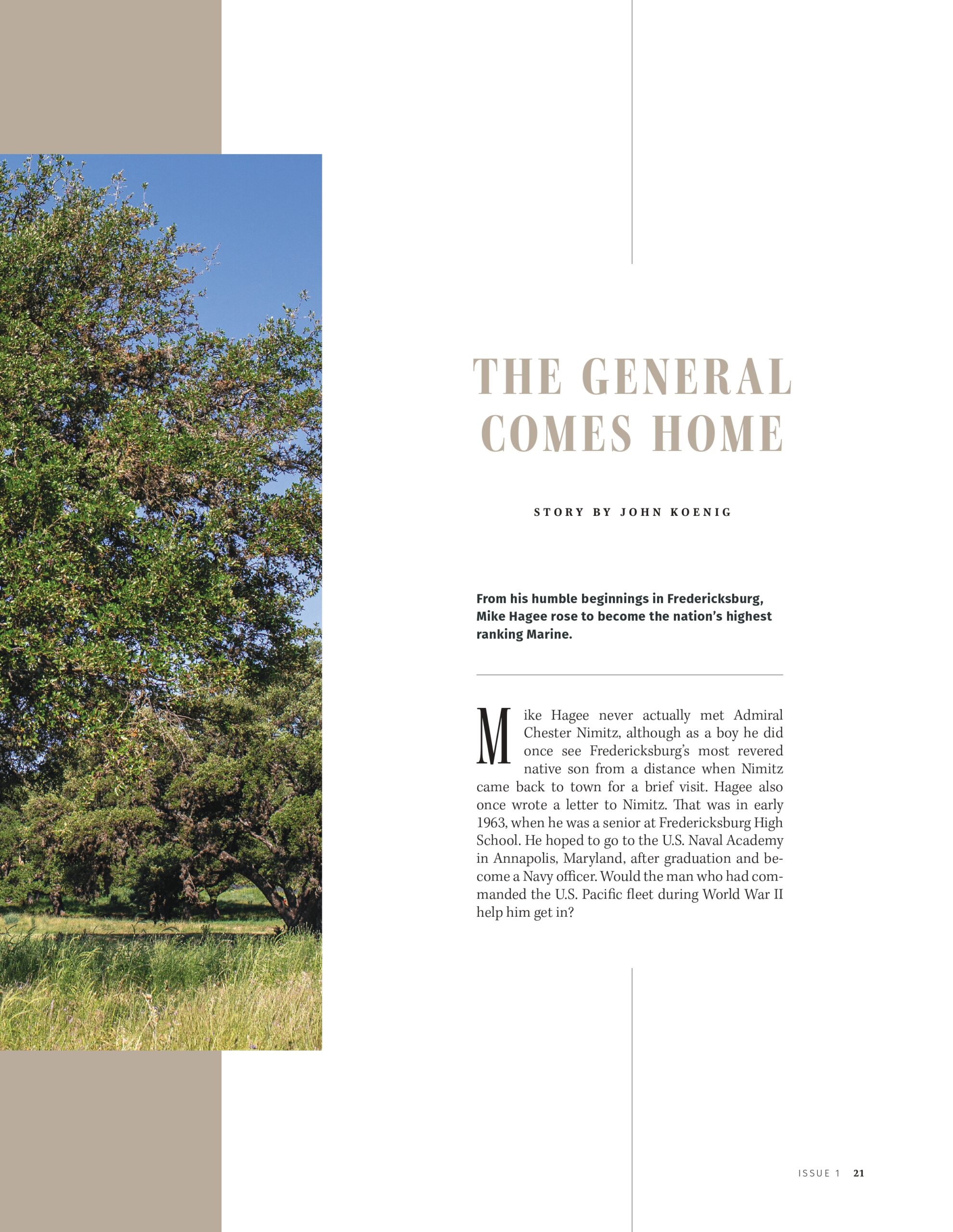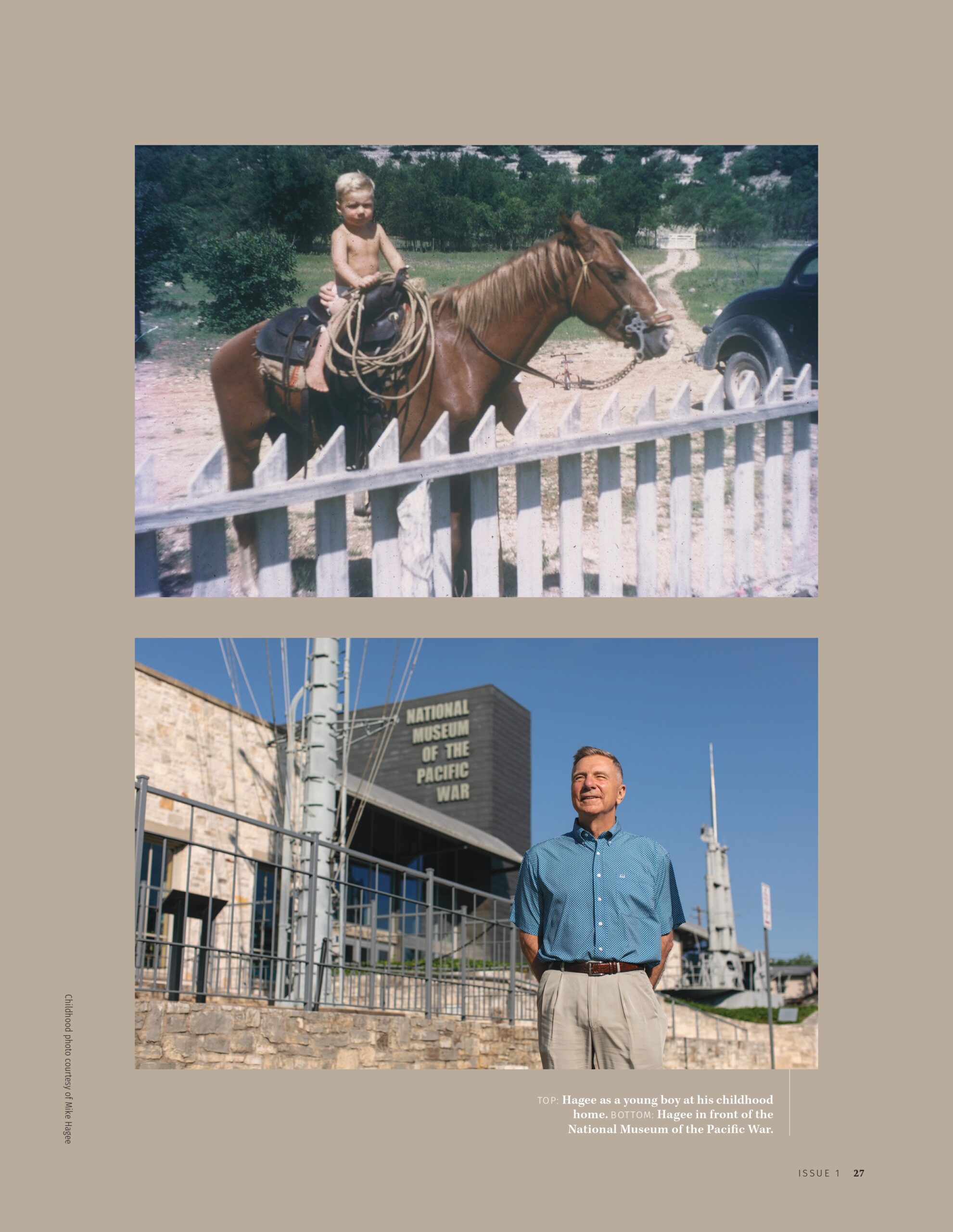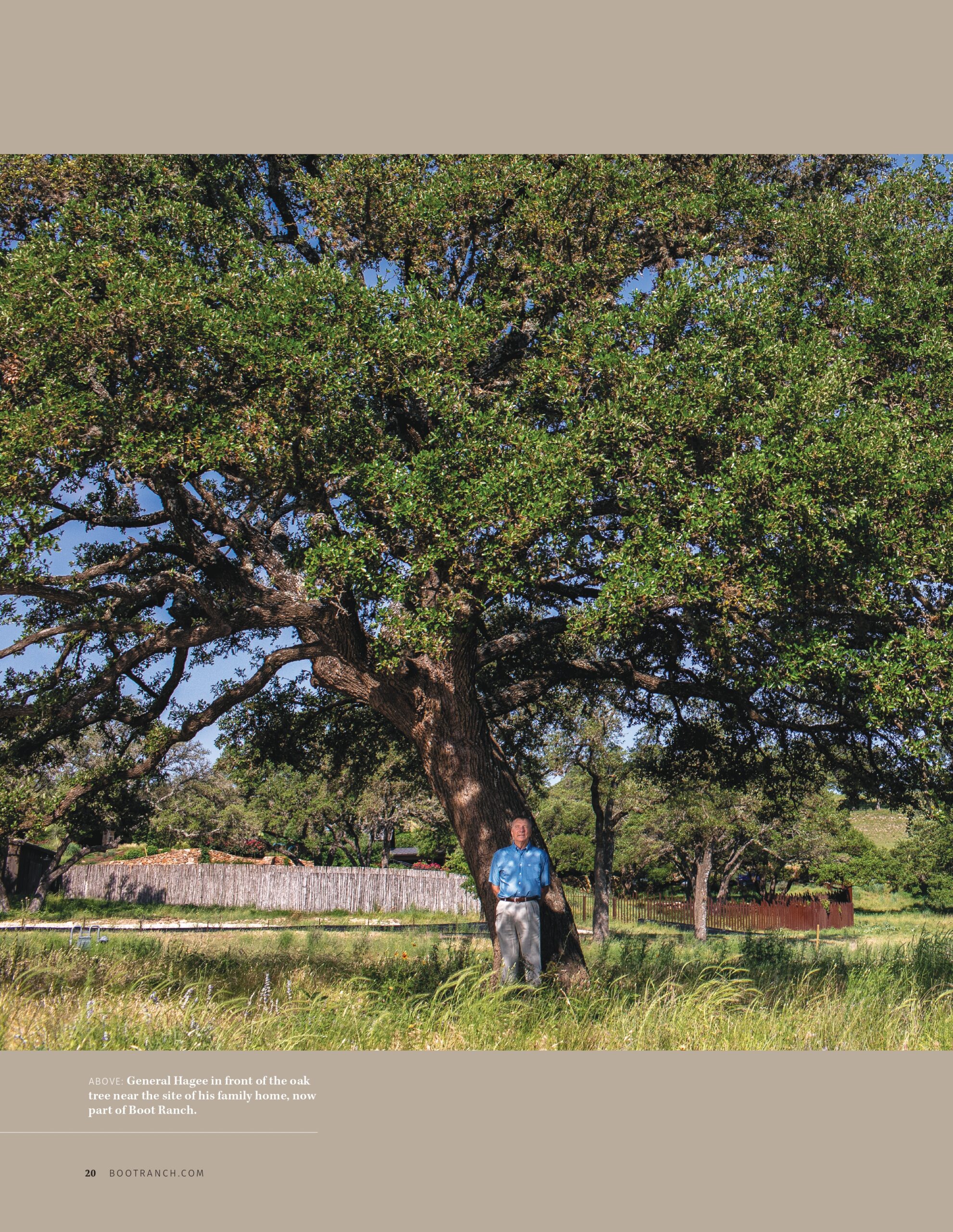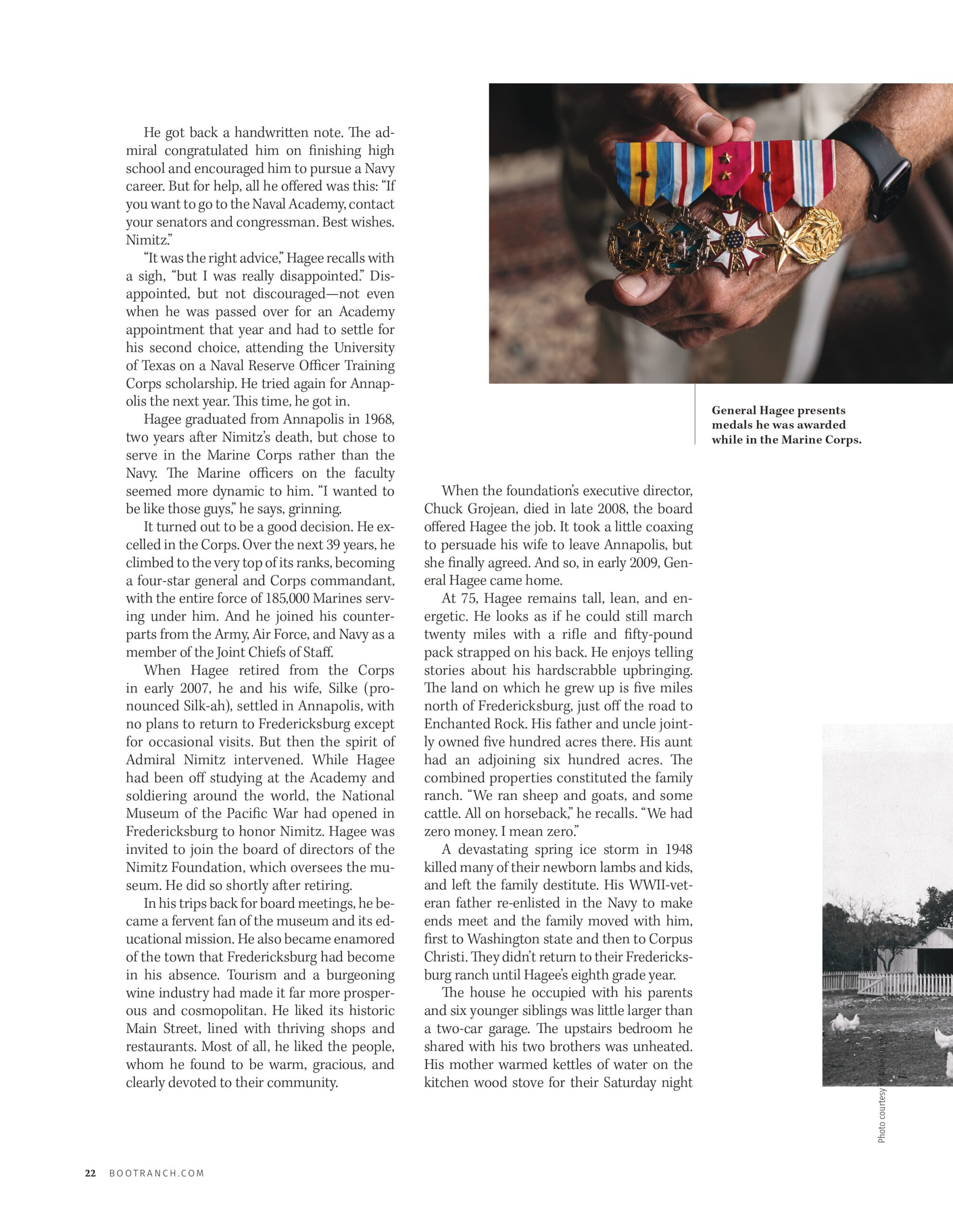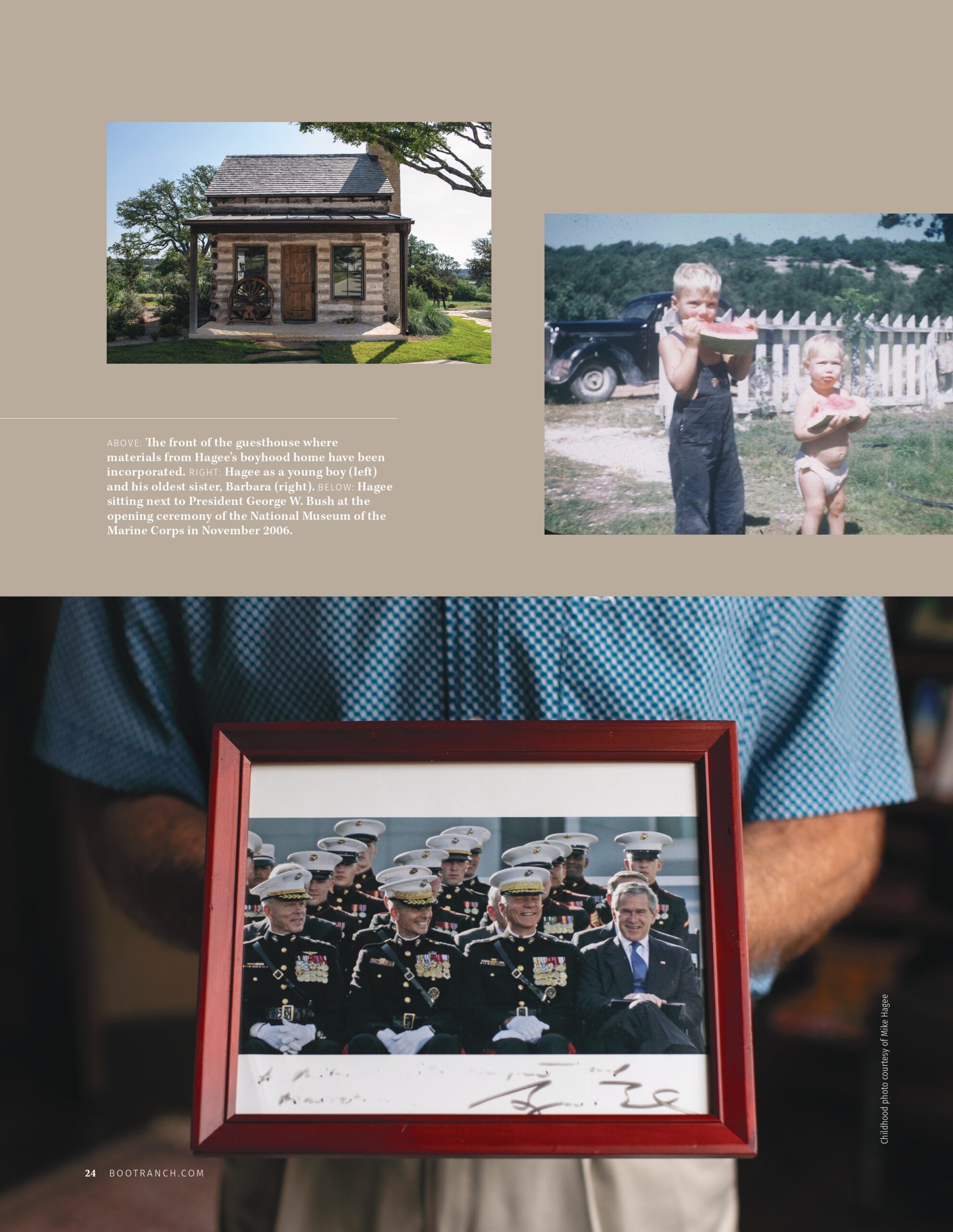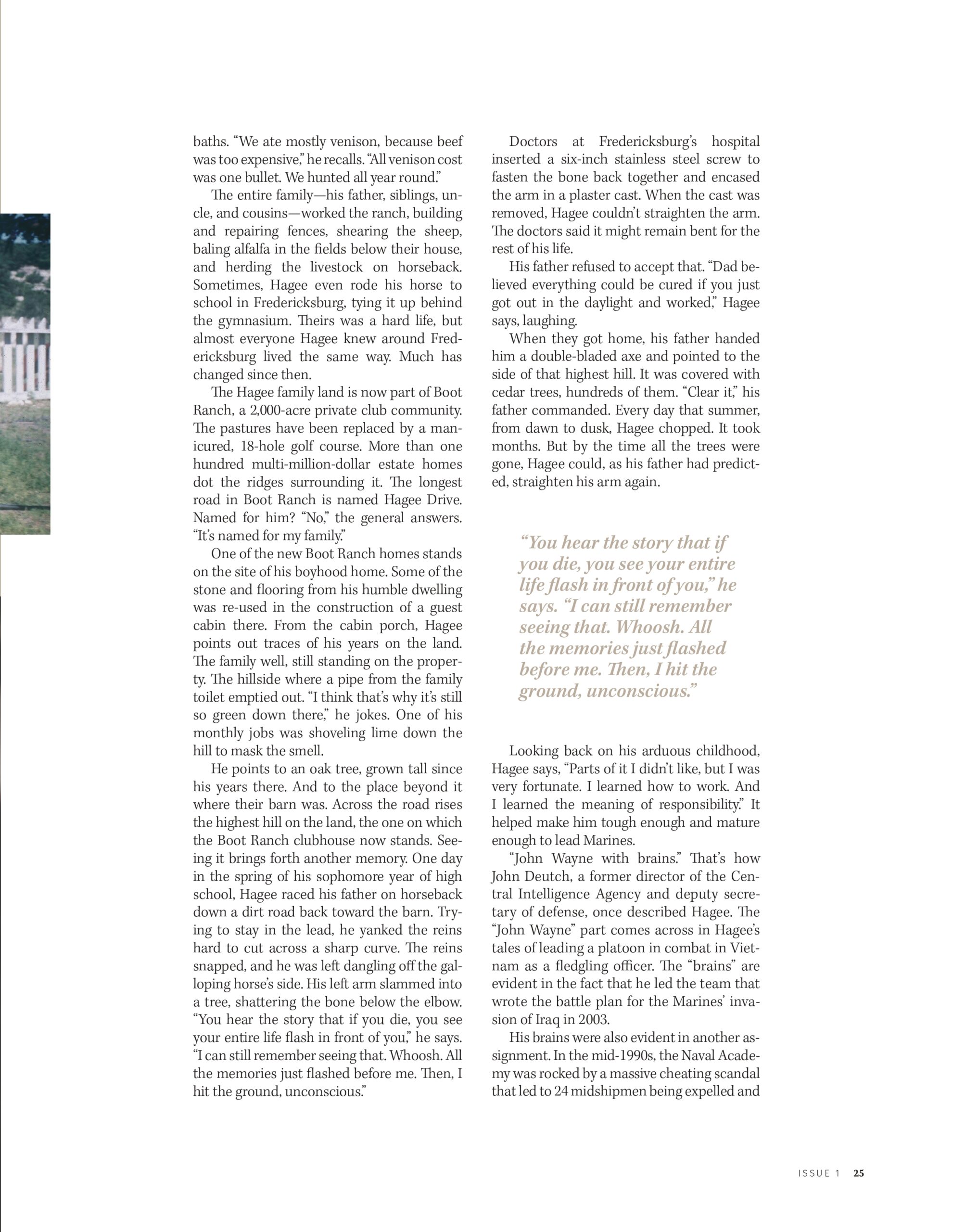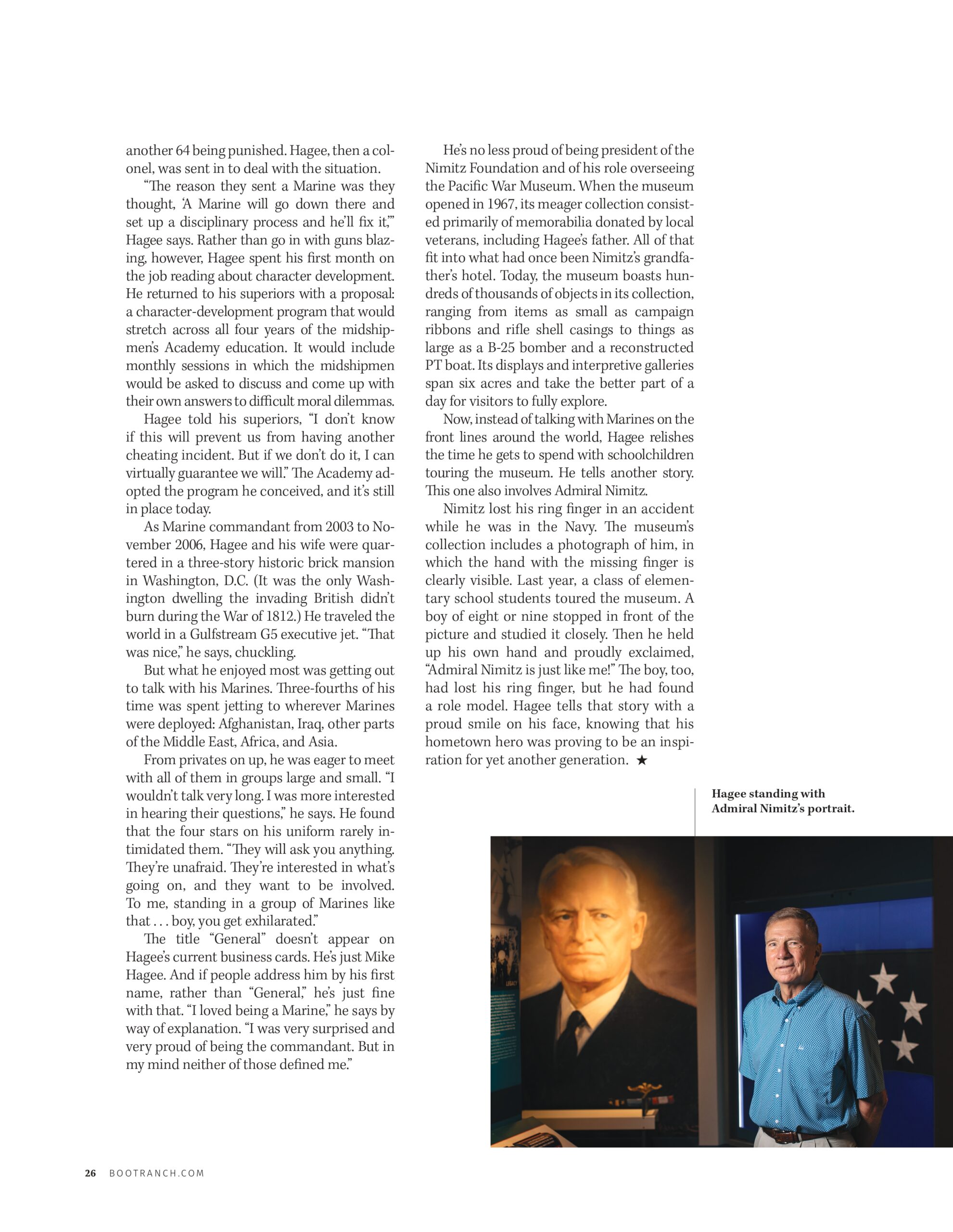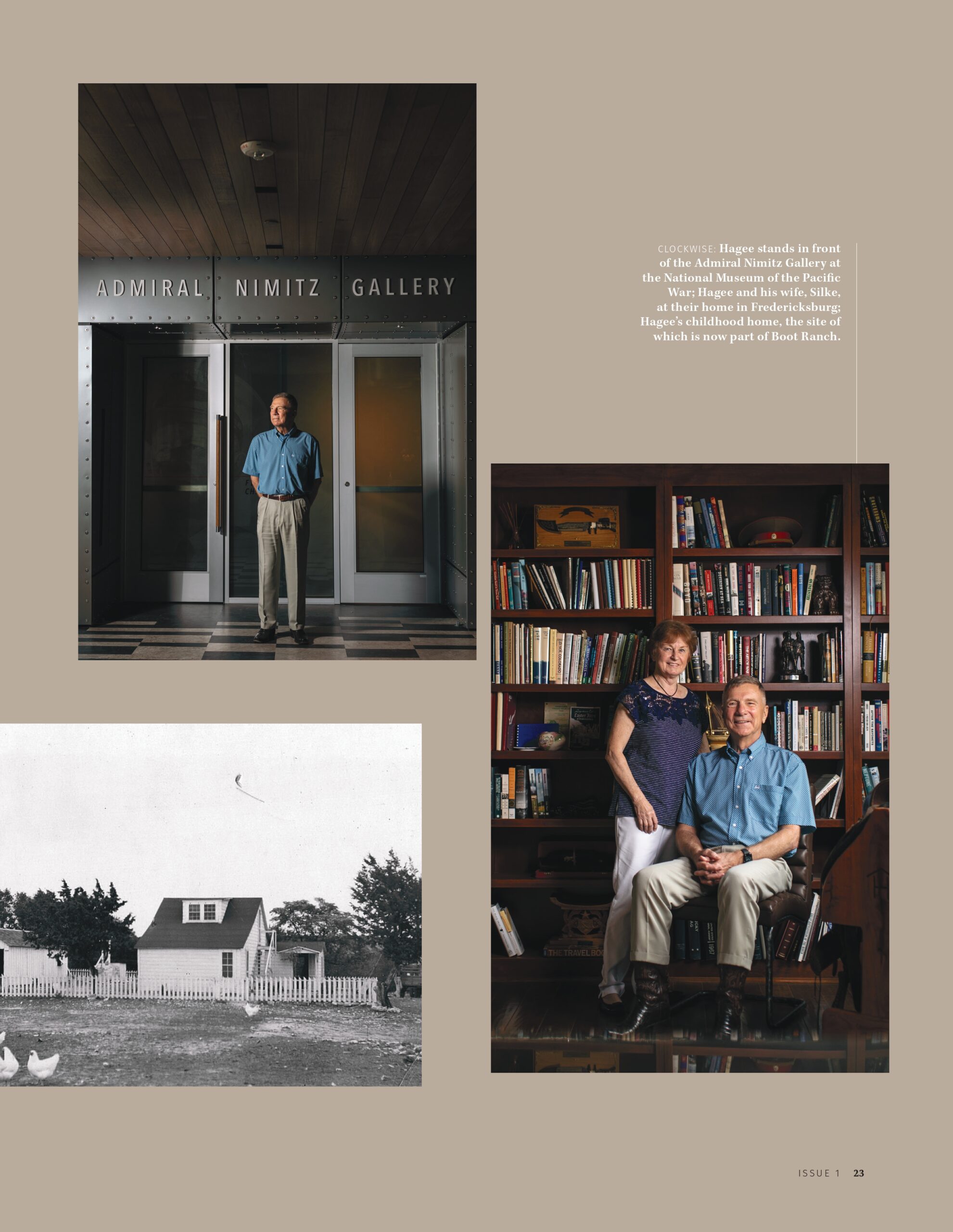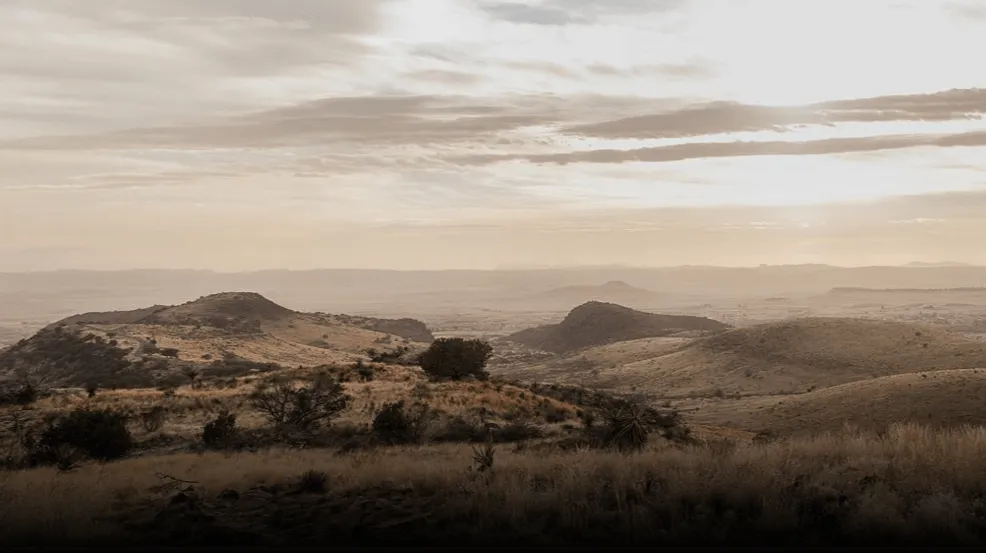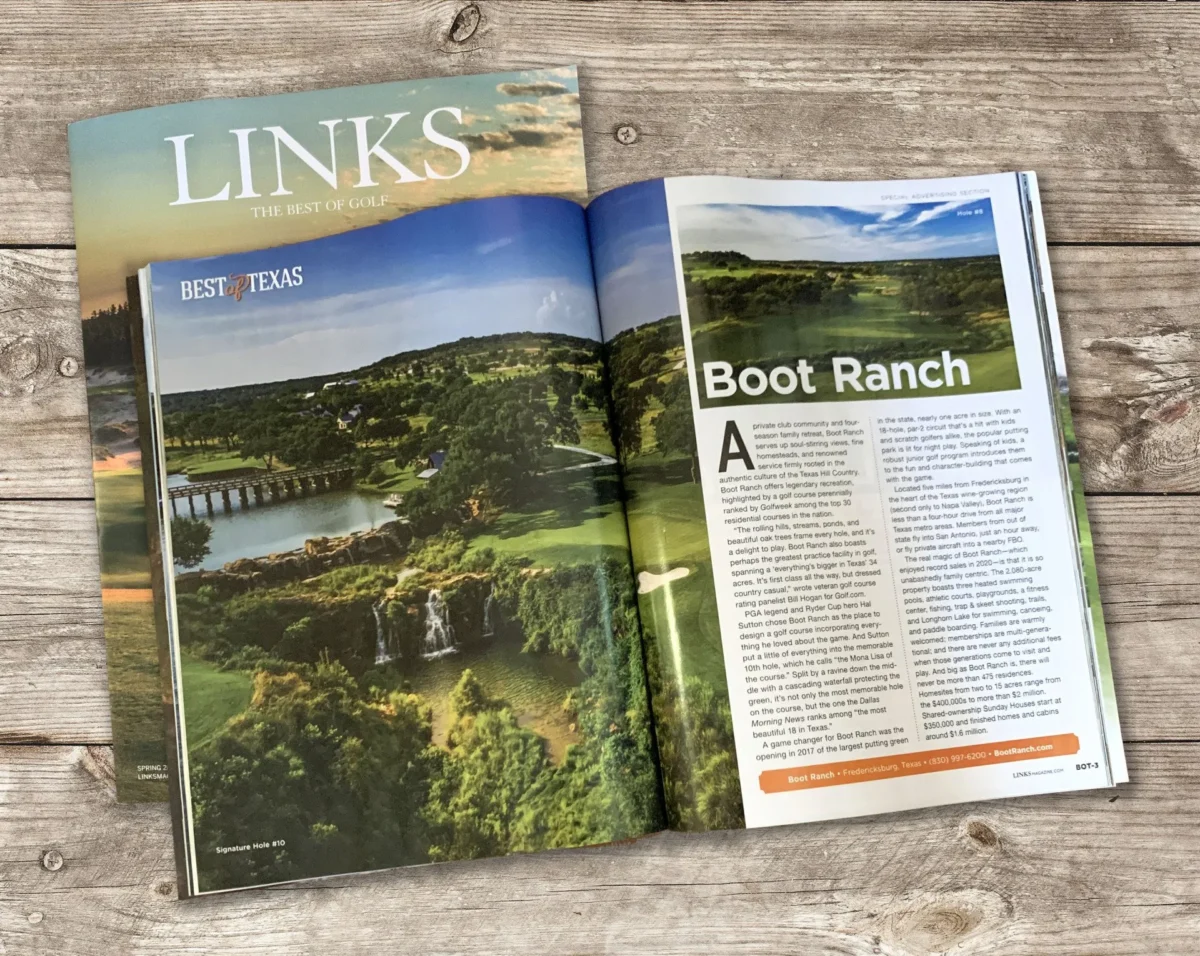Property buyers in Texas are heading for the hills—and plateaus, grasslands and prairies.
Urban Texans are “stampeding” to rural parts of the state, sparking a huge jumps in both sales volume and prices, according to a report from Texas A&M University. And in a May follow-up bulletin, the university noted that first-quarter 2021 activity had “exploded” after a record-setting 2020 in far-flung parts of the state.
“I’ve been observing the Texas land market since 1983, and I’ve never seen anything like this,” said Dr. Charles Gilliland, research economist for the school’s Texas Real Estate Research Center and author of the report. “Neither have the brokers I know. Most of them are asking themselves, ‘how long can this go on?’”
At Sunset Ranches, for example, which buys and resells land in West Texas, the rural rush has meant no inventory.
“Back in March of last year, we had a lot of lots available,” said Jack Giacalone, the company’s Florida-based owner. “As soon as the pandemic hit, we sold out of everything, hundreds of lots, in a 90-day period. We’ve been sold out since then.”
Indeed, the Sunset Ranches website flashes a bold message: “Sorry, we are temporarily sold out!”
Price increases for Mr. Giacalone’s 20-acre tracts—in Hudspeth County, about 50 miles east of El Paso—have exploded from $5,000 in 1995 to almost $30,000 today, he said.
“These are parcels on dirt roads, with no street signs, no water, sewer, or electric, and none of that was an issue,” he added.
Mr. Giacalone estimated that “probably 30% of buyers were investors, 30% or 40% were pandemic buyers, and others were just people who wanted a piece of land in the west.”
Increase in Demand Across the Board
Rick Wegman, a Dallas agent who specializes in luxury real estate, said increases in demand have been just as dramatic on the high end. The difference, he said, is that a home in the country “could be a migration, or it could be a secondary or tertiary home.”
Every type of rural property has been selling, “at a pace we’ve never seen before,” said Mr. Wegman, founder of Ulterre/Christie’s International Real Estate, based in north Texas. “It could be ranches with improvements, homes with a water feature like lakes or ponds, or any kind of vacation home property where people can get away.”
The boom comes down to the pandemic and politics, as lockdowns made city life less attractive and social unrest also drove people out of cities, according to the Texas A&M report. “These things were percolating, and the pandemic put a focus on them,” Mr. Gilliland said. “People were frightened by what they saw happening in their cities.”
In the second half of 2020, property hunters bought 552,707 acres in rural parts of Texas, for a record total of $1.69 billion. With 7,684 sales statewide, that figure grew 28.9% over the same period in 2019, according to the report.
The report tracked sales transactions and prices across seven regions, including Austin-Waco-Hill Country, where sales in third-quarter 2020 nearly doubled the average number for the past six years; South Texas, where prices climbed 7.96% year over year; and Gulf Coast-Brazos Bottom, whose per-acre price of $11,675 was the highest of all seven areas.
But the 2020 boom turned out to be just a curtain raiser to a frenzied 2021. First-quarter 2021 sales of large-acreage rural properties grew more than 37% statewide compared to 2020, according to the report, surpassing “the remarkable levels seen in the third and fourth quarter of 2020.”
Rural land prices, which had already risen 3.1% in 2020, have also soared 9.5% year to date in 2021, to a record $3,251 per acre.
While those numbers jolted Mr. Gilliland, they weren’t the only surprise. “I was taken aback that it’s so widespread,” he said. “It’s happening everywhere. There were places without internet or other amenities, and people were never going to flock there. Now, people are flocking there.”
Part of that change might come from the fact that “buyers have very different motives today than they’ve shown historically,” said Marvin Jolly, a Realtor at Keller Williams Realty Plano and 2021 chairman of Texas Realtors, an industry group.
“Buyers always look for quality of life, but they’re defining it differently now,” he said. “Once, it meant being in an area with strong public schools, dining and shopping opportunities, commuting access. Now, quality of life means being away from crowds.”
The uptick was surprising in areas like the Panhandle South Plains of West Texas, Mr. Jolly said, “because they haven’t typically had that appeal. They’re not near water. They don’t have topography that’s beautiful, which you would find in Austin-Waco Hill Country or the Gulf Coast.”
The rural price increases have also amazed Mr. Jolly, a 21-year industry veteran. “I didn’t expect that at all,” he said. “We’ve seen competing offers and high demand in residential and suburban areas, up to double and triple average prices. But we’re now seeing competing offers for rural land, and that’s a fascinating phenomenon.”
Out-of-State Investors Fuel Market
Along with pandemic panic, a red-hot market in Texas cities may have helped fuel rural buying and price jumps, said Natalie Dean, broker associate in the Land & Ranch Division of Moreland Properties in Austin.
“We’ve had a huge migration of buyers with so much money from out of state,” she said. “Those buyers purchase closer to town, and the locals they buy from can now afford to move to Hill Country or wherever they’ve dreamed of living.”
Ms. Dean, until recently the lone agent in her firm’s Land & Ranch Division, is now one of four brokers on that beat. “We would sell maybe one or two lots a month in previous years, but in the last 90 days, we’ve sold over 75 lots of 1.5 up to 4 acres,” she said. “We’re putting them under contract faster than we can close on them.”
In one rural area without cell or internet coverage, Ms. Dean said she has 50 lots under contract all to individual buyers.
“It’s an area that’s surrounded by open space,” she said. “We’re seeing people who just want to own a slice of Hill Country.”
Once high-speed internet reaches the area—“and I’m confident it will,” Ms. Dean said—prices will “skyrocket.”
Turnkey rural properties have always appealed to wealthy Texas buyers, said Mr. Wegman, the luxury agent.
“What makes this time different from any other time is that buyers are coming from out-of-market. The rest of the country, if not the world, has seen the tremendous value in terms of our location and what you get for the dollars you spend. And the size, openness and availability of land is more appealing to folks than it’s ever been” because of the pandemic, he said.
Even foreign buyers “are transacting sight unseen, with Zoom, Teams, and virtual showings.”
Will all the activity transform rural Texas? Certainly, said Mr. Gilliland, the Texas A&M researcher. “There hasn’t been a flood of subdividing at this point, but that’s been a long-term trend in the Texas land market anyway, and this will accelerate the trend,” he said.
“A lot of Texas is what we call native range, meaning it’s in the same configuration it was a century ago,” he said. “The fact that it’s going to get split up doesn’t mean it’s going to disappear. The people who moved out there moved out there to enjoy nature, and they’re willing to work with their neighbors to preserve it. Not everything will get paved.”
Blake Howe
on
January 31, 2022
